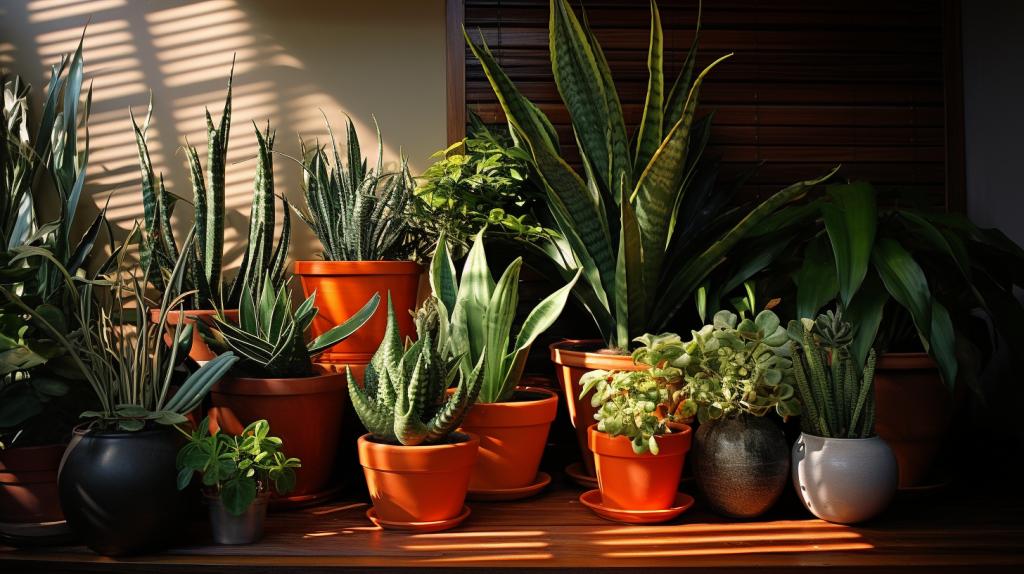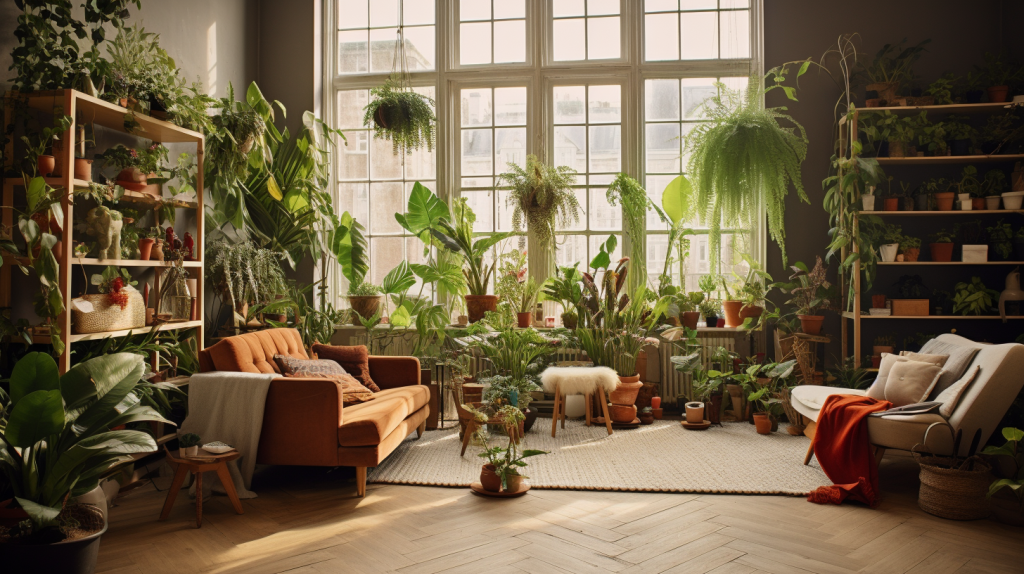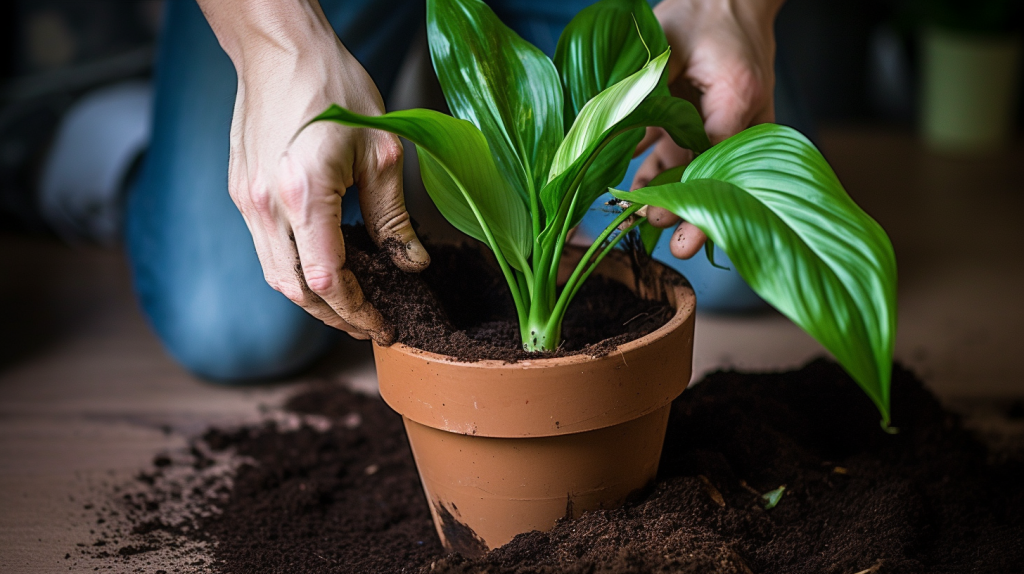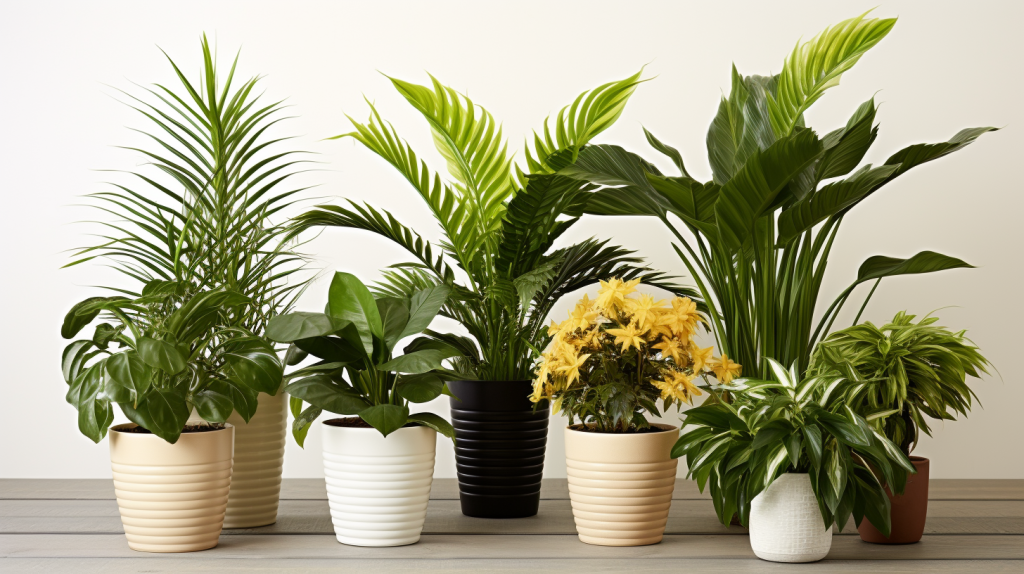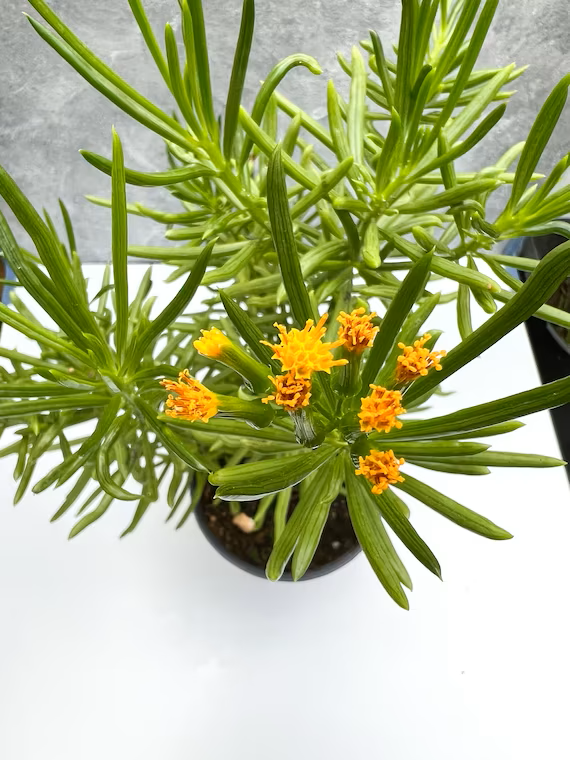Growing indoor plants in the arid climate can be both a challenging and rewarding experience. The journey often begins with a love for greenery and an aesthetic desire to enhance your indoor space.
However, arid climates present their unique challenges. This comprehensive guide is here to assist every plant enthusiast, from the seasoned garden veteran to the green-thumb rookie, in creating a thriving indoor garden oasis in an arid climate.
Best Indoor Plants for the Arid Climate
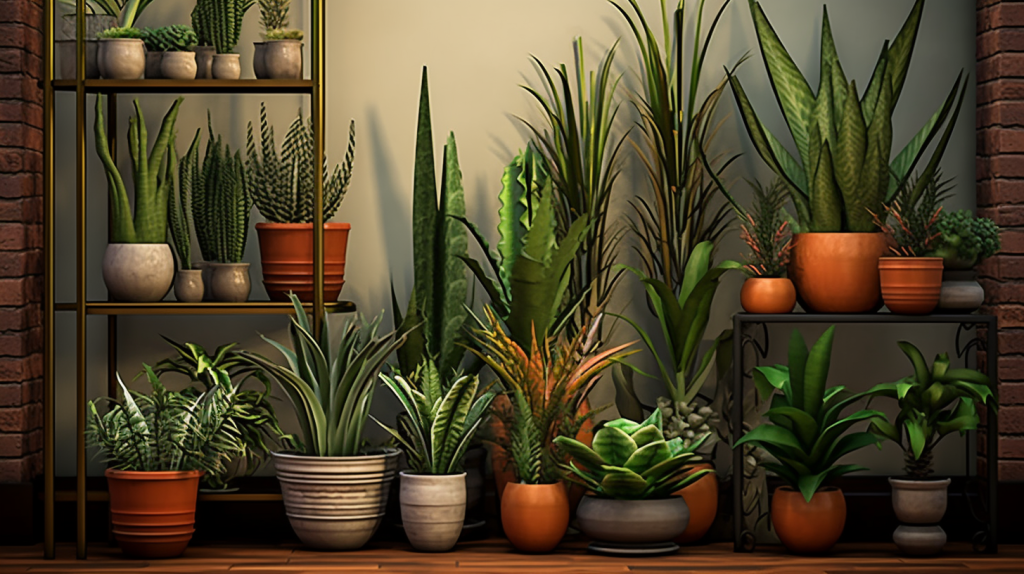
Choosing the right type of indoor plants is the first step towards a successful indoor garden. These indoor plants are known to thrive in arid climates:
-
- Snake Plant (Sansevieria trifasciata): Often referred to as mother-in-law’s tongue, this plant is celebrated for its resilience and ability to survive in arid conditions. Its tall, ribbon-like leaves with yellow borders stand upright, offering an elegant touch to any interior.
- Aloe Vera: This hardy succulent is loved not only for its ability to thrive in dry climates but also for its myriad medicinal properties. Aloe vera plants have thick, fleshy leaves that store water, making them highly drought-resistant.
- Cacti: Varieties like the Bunny Ears Cactus (Opuntia microdasys) or the Moon Cactus (Gymnocalycium mihanovichii) are indoor-friendly and can flourish in arid climates. Their distinctive shapes and colors add a unique aesthetic element to your indoor garden.
- Succulents: Succulents such as Echeveria and Jade Plant (Crassula ovata) are known for their water-storing capacity, making them perfect for an arid climate. They are also popular for their variety in forms, colors, and sizes.
- ZZ Plant (Zamioculcas zamiifolia): This plant is prized for its ability to withstand neglect. The ZZ plant is drought-tolerant and has shiny, dark green leaves that can brighten up any space. It’s an excellent choice for those new to indoor gardening or those with busy schedules.
- Rubber Plant (Ficus elastica): A popular choice for indoor gardening, the rubber plant thrives in bright, indirect light but can also tolerate low light conditions. It’s loved for its large, glossy leaves that can add a striking visual element to any room. Its sap was once used to produce rubber, hence its name.
- Spider Plant (Chlorophytum comosum): Known for its long, arching leaves that resemble a spider’s legs, the spider plant is highly adaptable and can tolerate a range of light and moisture conditions. It’s an excellent air purifier and easy to propagate, making it a favorite among indoor gardeners.
Plant Care Guide for Arid Climate
Just owning the right plants is not enough; understanding and catering to their specific care requirements are key. Here’s a comprehensive plant care guide for arid climates:
1. Watering: Overwatering can kill your indoor plants faster than under-watering. Most desert-adapted plants are capable of surviving with minimal water. Always ensure the soil is thoroughly dry before the next watering. Use a finger or a moisture meter to check the soil moisture level.
2. Light: Most desert plants, also known as sun-lovers, require abundant sunlight. Place your plants near east or south-facing windows where they can receive plenty of indirect sunlight. However, keep an eye on them to prevent leaf burn from harsh sunlight.
3. Temperature: Indoor plants for arid climates typically prefer warm temperatures, but they can also tolerate cooler nighttime temperatures. The ideal temperature range for most indoor plants is between 60°F and 75°F.
4. Humidity: Desert plants are accustomed to low humidity. Avoid placing your plants in high-humidity areas like the kitchen or bathroom, which could lead to root rot.
Care in Absence

Life often pulls us away from home for work or travel, raising the question – how to care for indoor plants in our absence? Fear not, with the right preparation, your indoor plants can survive:
1. Automatic Watering Devices: There is a wide variety of automatic watering devices available in the market, from simple water globes to sophisticated drip systems. These devices can provide a constant water supply to your plants when you’re not around.
2. Smart Plant Care Systems: Technological advancements have introduced devices that monitor your plant’s environment, including light, temperature, and soil moisture. Some can even water your plants automatically, ensuring their survival in your absence.
3. Plant Sitter: As you would arrange a babysitter for your child, consider appointing a plant sitter. A trusted neighbor, friend, or professional plant care service can ensure your indoor greenery gets the attention it needs while you’re away.
Which House Plants Absorb Humidity?
Balancing the moisture levels in your home is essential for a healthy living environment. High humidity can often lead to problems such as mold and mildew, but did you know that certain house plants can help in this regard? Yes, nature offers a beautiful solution. Many house plants are adept at absorbing excess moisture from the air, naturally reducing indoor humidity.
Plants like the Peace Lily, English Ivy, and Boston Fern are not only beautiful additions to your home décor, but they are also effective natural dehumidifiers. Through a process called transpiration, these plants absorb water from the soil and then release moisture into the air through tiny pores in their leaves. However, when the surrounding air is already humid, these plants can switch gears and absorb moisture, helping maintain an ideal indoor atmosphere.
Conclusion
In conclusion, creating a lush, vibrant indoor garden in an arid climate is indeed possible. By selecting the appropriate plants and understanding their care requirements, you can enjoy a rewarding indoor gardening experience and add a touch of nature to your living space.
FAQs
1. What are the best indoor plants for an arid climate?
The best indoor plants for an arid climate are those that are native to desert environments, such as the Snake Plant, Aloe Vera, Cacti, and Succulents.
2. How often should I water my indoor plants in an arid climate?
The watering schedule depends on the plant species, but as a general rule, wait until the soil is completely dry before watering.
3. Can indoor plants survive in a low humidity environment?
Yes, many desert plants can thrive in low humidity environments.
4. How can I take care of my plants when I’m not at home?
You can use automatic watering devices, smart plant care systems, or even hire a plant sitter to take care of your plants in your absence.
5. Do indoor plants need sunlight?
Yes, most indoor plants need sunlight to photosynthesize and grow. However, the amount of light they need varies depending on the species.
References
- Indoor Plants for Low Light,” HGTV
- “10 Best Indoor Plants for Every Room,” Sunset Magazine
- “Best Indoor Plants,” The Spruce
- “How to Care for Indoor Plants,” Houseplant Guru
- “The Indoor Gardening Guide,” Life on the Balcony

